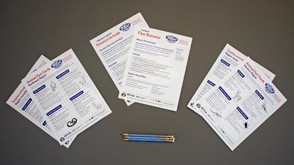Animals Among Us
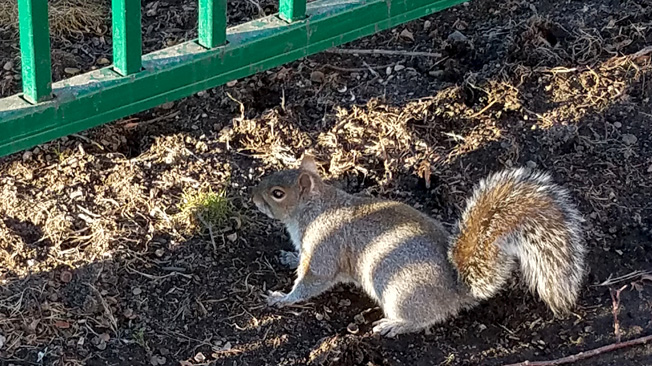
What Is This Activity?
How well do wild animals in a city or town get along with people? Families test and compare how close they can get to pigeons, sparrows, seagulls, squirrels, chipmunks, lizards, and other city critters.
Introduction
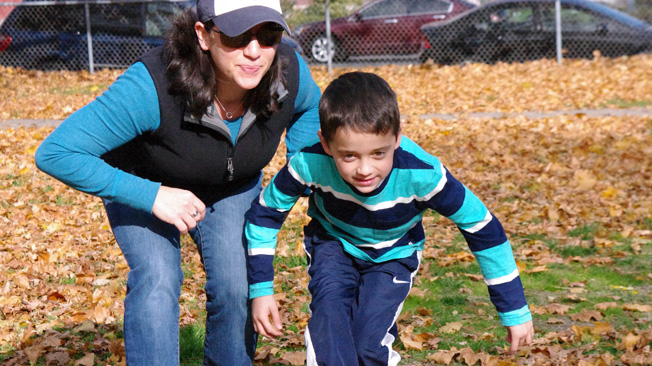
Learning Goals
Big Science Idea:
- City animals learn to live with people by hiding, by fleeing from them, or by getting used to being around them.
Skills kids will use to investigate it:
Model predator-prey behavior
Observe, test, measure, document, and compare the flee distances of city animals
Communicate results and explain why some city animals are less afraid of people than others
How Do You Get Ready?
Read the activity and gather the materials.
Scout out a place that’s popular with city animals—where people eat and throw away food or where there’s fresh water, for example. It could be a park, square, fountain, outdoor market, or other large area. Establish clear boundaries for the activity. If you can, hold this activity at a time when the location isn’t too crowded.
Troubleshoot any safety concerns (traffic, poison ivy, sharp objects, etc.).
Choose landmarks to mark the boundaries of a playing area on grass for the warm-up game. It should be just large enough for the whole group to run around.
Print one copy of the “Flee Distance” handout for each family.
Look through all the “Animal Fact Cards” and print and cut out all animals that are present in your region.
Warm-up 10 minutes
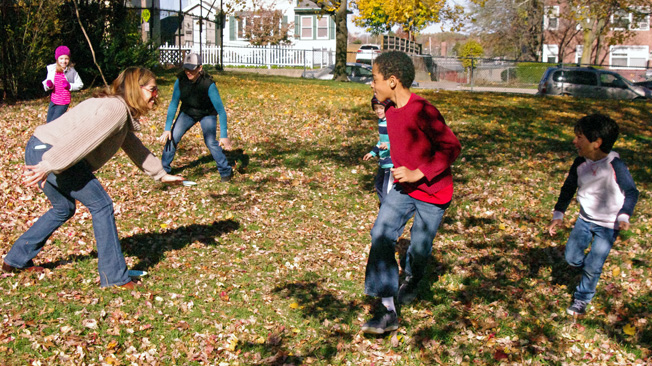
(Science Skills: Model predator-prey behavior)
Flee the Coyote! Ask an older child or adult to play the first “Coyote,” a predator who stands in the center of the play area. Tell the rest of the kids and adults that they are “Rabbits” (prey animals).
On your signal, the Coyote “hunts” (tags) Rabbits, who flee in all directions. Anyone who is tagged becomes a Coyote and also tries to tag Rabbits.
Any player who steps out of bounds becomes a Coyote.
The last Rabbit standing is the winner—and the first Coyote in the next game. Briefly discuss strategies for Coyotes and Rabbits. For example, Rabbits start with safety in numbers; if they flee in all directions, the Coyote can only pursue one of them at a time.
Activity 40 minutes
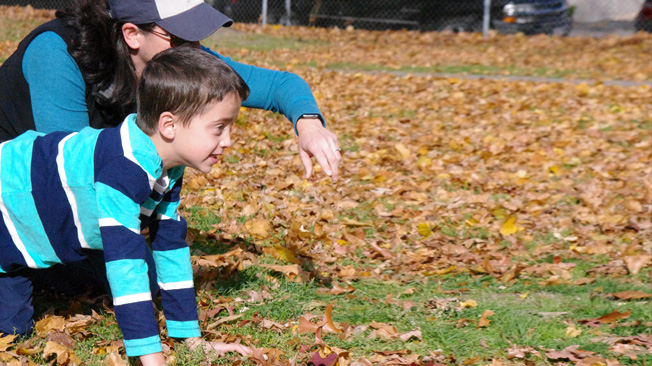
Animals Among Us
(40 minutes)
(Science Skills: Observe, test, measure, document, and compare the flee distances of city animals)
Introduce families to the phrase “flee distance,” also called fright distance. Flee distance is how close an animal will let a predator (hunter) get before running, hopping, or flying away.
Ask families to share their close encounters with wild animals: In the city, in a suburb, or in nature.
Ask: What animals live in our city or town? Show and briefly discuss the “Animal Fact Cards,” which have examples of city animals beyond the very common squirrels, pigeons, sparrows, and so on. For low-level readers, ask for kid volunteers to read a few of the cards aloud.
Point out the boundaries for the activity and explain that families are going to test and compare the flee distances of city animals—without touching, terrifying, or harming them in any way.
Toward that end, have everyone practice “Ninja Walking”—walking as quietly as they can (including you!). Tips: Breathe quietly through the nose and avoid sticks, pinecones, and other crunchy objects.
Encourage families to have fun and experiment with different styles of walking. Demonstrate a few examples for them:
- Stand tall or crouch low?
- Walk heel-to-toe, flat-footed, or tiptoe? (Try this: Place the heel
first and slowly roll forward on the outside of the foot to the toes.)
- Take big steps or little ones?
- Does walking very loudly tell you what not to do?
- Pass out the “Flee Distance” handout and review the directions with families. They can use the back of the handout to record results. Give each adult a pen or pencil and tell families to quietly spread out and look for city animals. (If families have cameras, they may want to take photos of the animals—if they can.) Move from family to family (quietly, to avoid scaring off animals) and offer support and encouragement.
Wrap-up 10 minutes
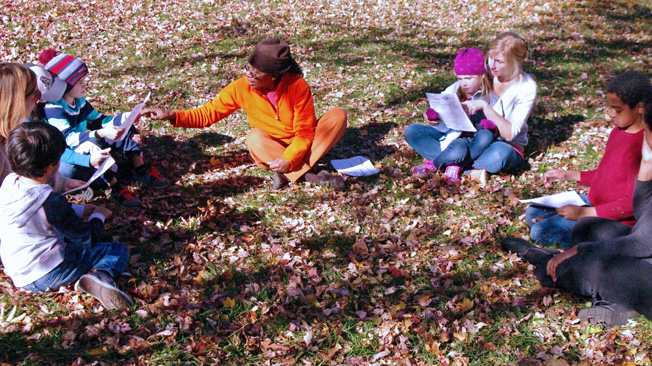
(Science Skills: Communicate results and explain why some city animals are less afraid of people than others)
Freeze Frame: Gather the group and ask
everyone to freeze in place. How close are people standing to their family members? To strangers? Ask everyone to move in closer. Anyone feel uneasy? Ask: Do people have a “flee distance” like the animals you just observed?
Invite families to share their data: The animal names and flee
distances and any observations they made. Which animals let people get closest? Which ones were the most skittish or jumpy? Did any animals freeze in place? (Many predators react to prey in motion, and so staying motionless is a defense against predators.) Did animals come toward you? If so, why? (Perhaps looking for food.)
Discuss: Why are some city animals less afraid of people than others? (Animals become bolder when people feed them—by hand or through garbage. Hunted animals are usually more fearful than hunters. Wild birds are very timid, but many city birds become used to being with people and do not flee as quickly.)
Encourage families to take home the “Flee Distance” handout to repeat the activity in their neighborhoods and point out the related “Explore Some More” activities. If you wish, give them the “Explore Animals Around You” handout to provide them with more ideas on how to continue investigating animals together.
Explore Some More
Squirrel Mapper
Ask families if anyone has ever seen a black squirrel. If so, encourage them to report it on the Squirrel Mapper site! Why? Scientists think most squirrels were black 150 years ago. Yet today the black squirrel is very rare. Today’s squirrels are mostly gray and brown. By tracking black squirrels across the country, scientists hope to figure out the cause of the color change.

